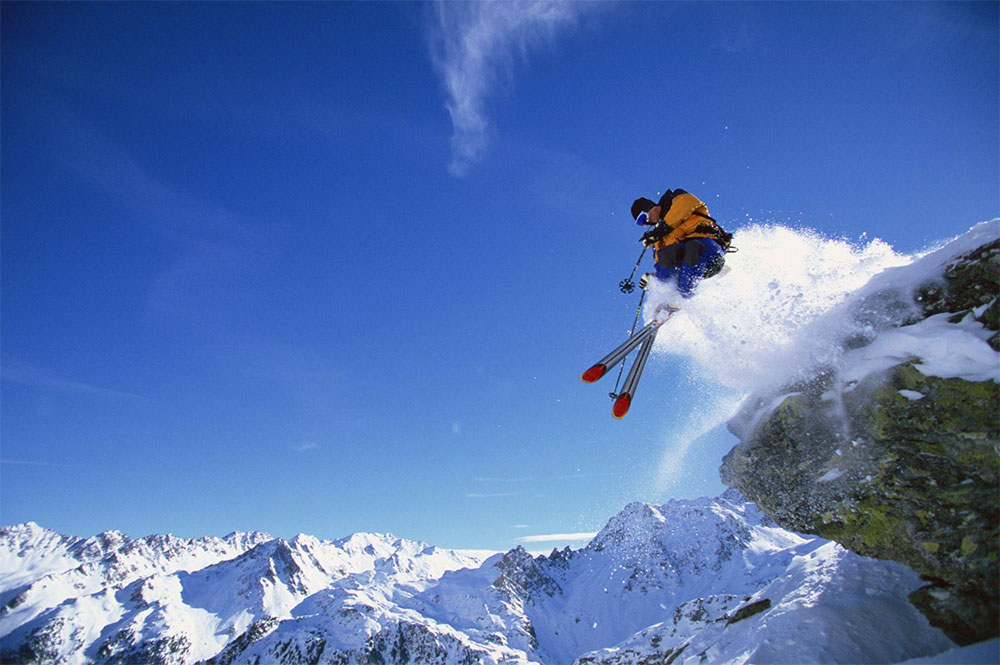Skiing at high speeds offers an exhilarating mix of thrill and skill, from the natural dynamics of terrain and snow to the technical design of skis, each factor plays a role in how fast and efficiently one can glide down the slopes. Equally important are the physical and mental preparations behind the scenes—strong muscles, sharp focus, and confidence built through practice.
As skiers progress, it becomes essential to adopt better techniques not just to go faster, but to ski smarter. Quentin Geczy stresses that awareness of surroundings, proper equipment maintenance, and refined tactics all contribute to managing speed without sacrificing safety or enjoyment.
What Influences Speed on the Slopes
Speed in skiing is shaped by several natural and technical elements. The slope’s gradient plays a central role—steeper terrain allows for quicker acceleration, while flatter runs slow things down. Snow conditions matter just as much. Powder can absorb momentum, while hard-packed or icy surfaces offer less resistance, increasing velocity.
The weather also affects how fast skis move. On colder days, snow is drier and slower, while warmer temperatures can create slick surfaces that let skis glide more freely. In competitive settings, skiers push higher speeds by reading these variables closely, while recreational skiers often adjust their pace based on comfort and skill level. Even wind direction can subtly influence how speed builds or stalls during a descent.
The Role of Ski Designs in Performance and Control
The way a ski is built has a significant impact on how it handles speed. Longer, narrower skis tend to favor straight-line velocity and are commonly used in downhill racing, while shorter, wider skis allow for quicker turns and greater control, making them ideal for all-mountain conditions. Materials like carbon fiber and titanium stiffen the ski, improving stability at higher speeds.
Edge sharpness is another crucial factor. Well-tuned edges offer better grip on icy runs, preventing unwanted sliding during aggressive turns. A properly waxed base also helps maintain a smooth glide, allowing the skier to conserve energy and maintain momentum over varied terrain. Skis that are poorly maintained can feel sluggish or unpredictable, which is especially noticeable at higher speeds.
Managing Speed Through Technique
Good technique is often what separates a fast skier from a safe one. Subtle shifts in body weight and a solid stance allow for better balance and quicker reactions. By bending the knees and staying centered over the skis, a skier can carve turns more effectively, which helps regulate speed without losing control. Hands held forward and eyes scanning downhill also contribute to smoother navigation.
Reading the terrain is just as important. Anticipating changes in snow texture or slope direction enables skiers to plan their path and adjust their movements. Whether navigating a mogul field or descending an open groomer, awareness and adaptability are key to managing velocity with precision. Terrain features like rollers or hidden dips can drastically change how speed needs to be handled mid-run.
Staying Safe While Skiing at Higher Speeds
As skiing speeds increase, so does the margin for error. A minor miscalculation on an icy slope can result in serious injury, making safety gear essential. Helmets go beyond preventing head trauma—they offer warmth and wind resistance while enhancing visibility when paired with anti-fog goggles. Some models even come with built-in audio or impact sensors for added functionality.
Bindings must be adjusted correctly to release during a fall, reducing the risk of leg injuries. It’s also important to stay aware of others on the slope. Collisions often happen when skiers don’t anticipate sudden movements or underestimate how fast someone else is approaching from behind. Ski patrol presence, slope etiquette, and clear signage also contribute to a safer high-speed environment.
Preparing the Body and Mind
A skier’s physical condition directly influences their ability to handle speed. Strong quadriceps, core muscles, and flexible joints create the foundation for explosive power and quick recovery. Pre-season training often includes exercises like box jumps, squats, and balance work to mimic the demands of downhill movement.
Mental readiness is just as critical. Confidence doesn’t come overnight—it builds with experience and smart progression. Visualization techniques, such as mentally rehearsing a run before taking it, can help reduce anxiety and sharpen focus. Calm decision-making under pressure separates a reactive skier from a prepared one.
Smart Strategies for Everyday Skiers
Not every skier needs to chase high speeds, but learning how to manage speed wisely adds to safety and enjoyment. Gradually increasing pace on familiar trails allows the skier to build muscle memory and understand how their gear responds under pressure. Controlled repetition builds confidence and fosters instinctive reactions to changing conditions.
Knowing when to ease off is equally important. On crowded days or in flat light, smarter choices often mean slower skiing. By selecting trails that match current ability and energy levels, skiers can push their limits without crossing into dangerous territory. Taking breaks, listening to physical cues, and respecting trail difficulty help maintain clarity and prevent fatigue-driven errors.






